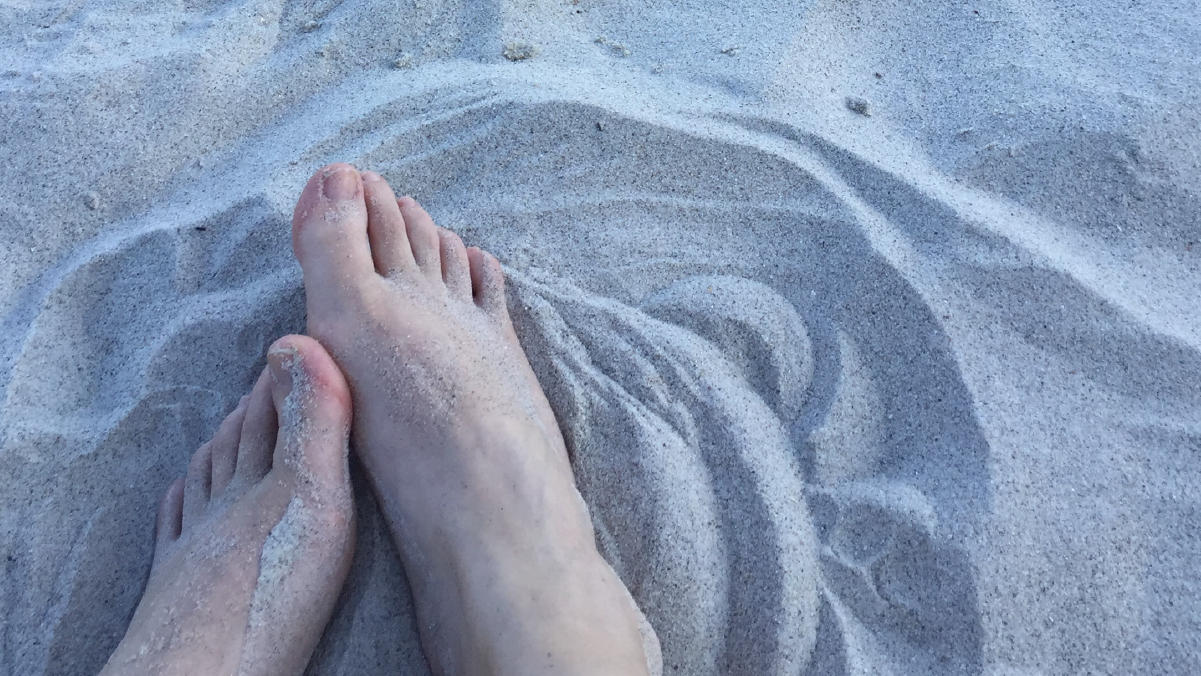“Community school is the place where we can be ourselves — without the masks we wear in our everyday lives,” my son Webster said in his student address at the recent Wilderness Awareness School Community School auction. But how does one come to know one’s self? I believe that, for Webster, it has come from consistent and intentional immersion in the natural world.
Having started in Monthly Programs and transitioned to Youth School, Community School became the essential core to Webster’s adolescence. No program of study was considered if it violated his ability to participate weekly, and take the yearly three weeklong trips. Year one’s theme: native peoples. Year two: plants. Year three: survival. Now, year four: the scout. Each year also held the cycles of community building and setting intentions on the trip to the Oregon sand dunes, the winter’s escape to desert or coastal climes, and the spring bundle which tied it all together. Threaded throughout were nature names, weekly challenges, “pond jumps,” games, clans, and quests.
His first year of Community School, Webster became the Barefoot Boy. It began in the dunes, and from there carefully measured challenges became a part of his life. The second year, he practiced a regular Sit Spot. The third year the hand drill became his mode of making fire, and watching him bring fire to life became a sacred thing itself. Deep bonds were made on the survival trip, and it was a thing of beauty to hear him speak with such respect and gracefulness of his partners on that journey. To know the edges of one’s life, and one’s friends, can be a fearsome and rare thing.
Now, at 16, I find I have a child whose depths are not easily plumbed, whose path in life is not easy to explain. It might begin with his nascent understanding of “the invisible helping hand of the scout.” Again, I paraphrase from his address: “The scout sees what the community or situation needs, knows where and how to access the resources to make it happen, and brings the solution into being with no expectation of recognition.” I’m not sure that describes my child, but I do know that it appeals to one who desires to live life fully, dedicated to bringing about a better future, without desiring recognition — one who would walk quietly and invisibly in the world, but who carries fire and mirth within.
Community School may not be this for all the children it touches, but it holds that possibility in ways greater than any other program I have encountered. Participation is not always an easy or straightforward path. The burden of maintaining such a program can be great for Wilderness Awareness School, since there are so few youth who choose to participate. But for those who do, the rewards can be great.
For that, I am thankful
